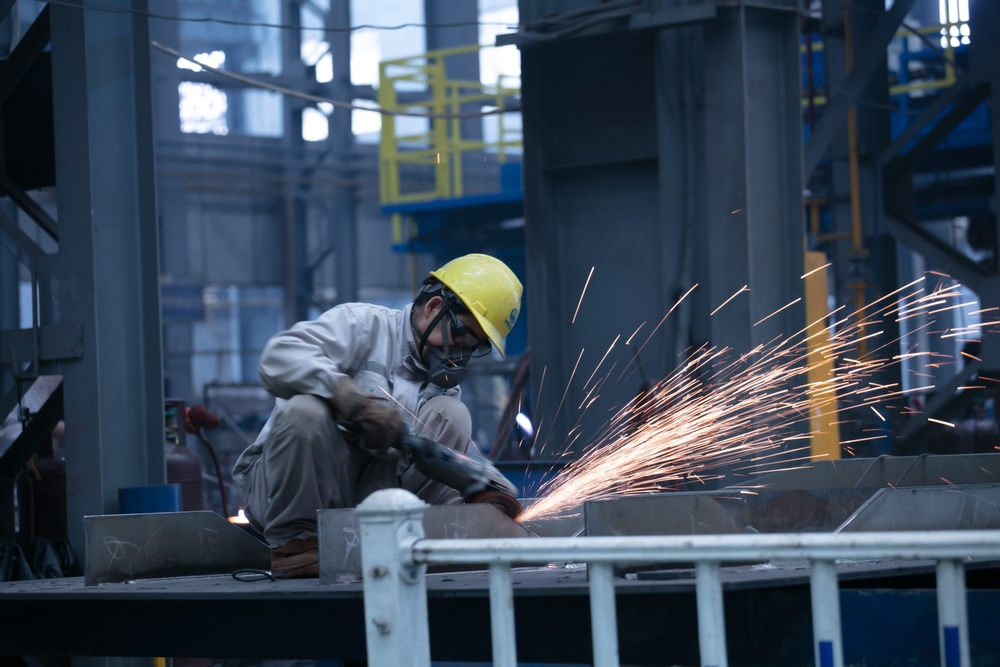China’s factory activity contracted for the fifth consecutive month in September, reflecting the ongoing challenges in reviving the growth momentum of the world’s second-largest economy.
According to the National Bureau of Statistics (NBS), the official manufacturing Purchasing Managers’ Index (PMI) came in at 49.8 for the month, compared to 49.1 in August, 49.4 in July, and 49.5 in June. A PMI reading above 50 indicates expansion, while any reading below that level suggests contraction. Despite the continued shrinkage, September’s figure slightly beat economists’ expectations of 49.5 in a Reuters poll, signaling a less severe decline than anticipated.
Zhao Qinghe, senior statistician at the NBS, noted a modest improvement in economic sentiment, with the PMI rising to 49.8% due to a slight pick-up in manufacturing activities. High-tech and equipment manufacturing continued to show leadership within the sector.
However, data from the private Caixin PMI, compiled by S&P Global, painted a more concerning picture. The Caixin PMI fell to 49.3, down from 50.4 in August, marking the sharpest contraction in 14 months. Declining demand and a weakening labor market were among the key drivers of this downturn.
Erica Tay, director of macro research at Maybank Investment Banking Group, highlighted that Caixin’s PMI is more tilted towards exporters and private sector firms. She explained that “manufacturers have been engaging in fierce price competition to move volume,” which incentivized buyers to stock up earlier in the year. The current data, Tay said, indicates that bargain-hunters have likely purchased enough for the near term.
China’s manufacturing sector has been hit by multiple headwinds, including a prolonged economic slowdown, a property crisis, and weak domestic demand. External challenges, such as Western restrictions on Chinese exports—particularly in sectors like electric vehicles—have also compounded the issues.
This recent PMI data follows other disappointing economic indicators from China. In August, industrial profits plunged by 17.8% year-on-year, the largest decline in over a year, adding further strain to the country’s economic recovery efforts.
While the Chinese government has ramped up efforts to stabilize the economy, including cutting the reserve requirement ratio (RRR) by 50 basis points and reducing key interest rates, the impact of these measures is yet to fully materialize. The People’s Bank of China also lowered the seven-day reverse repurchase rate to 1.5%.
China’s leadership, led by President Xi Jinping, has called for more robust fiscal and monetary support, as well as efforts to stem the property decline. Following these announcements, Chinese equity markets rallied, marking their best week in nearly 16 years.
Andy Rothman, investment strategist at Matthews International Capital Management, cautioned that the effects of these measures will take time to manifest. “It’s going to take time for this to work,” Rothman told CNBC, reflecting that restoring consumer and entrepreneur confidence is a gradual process.


